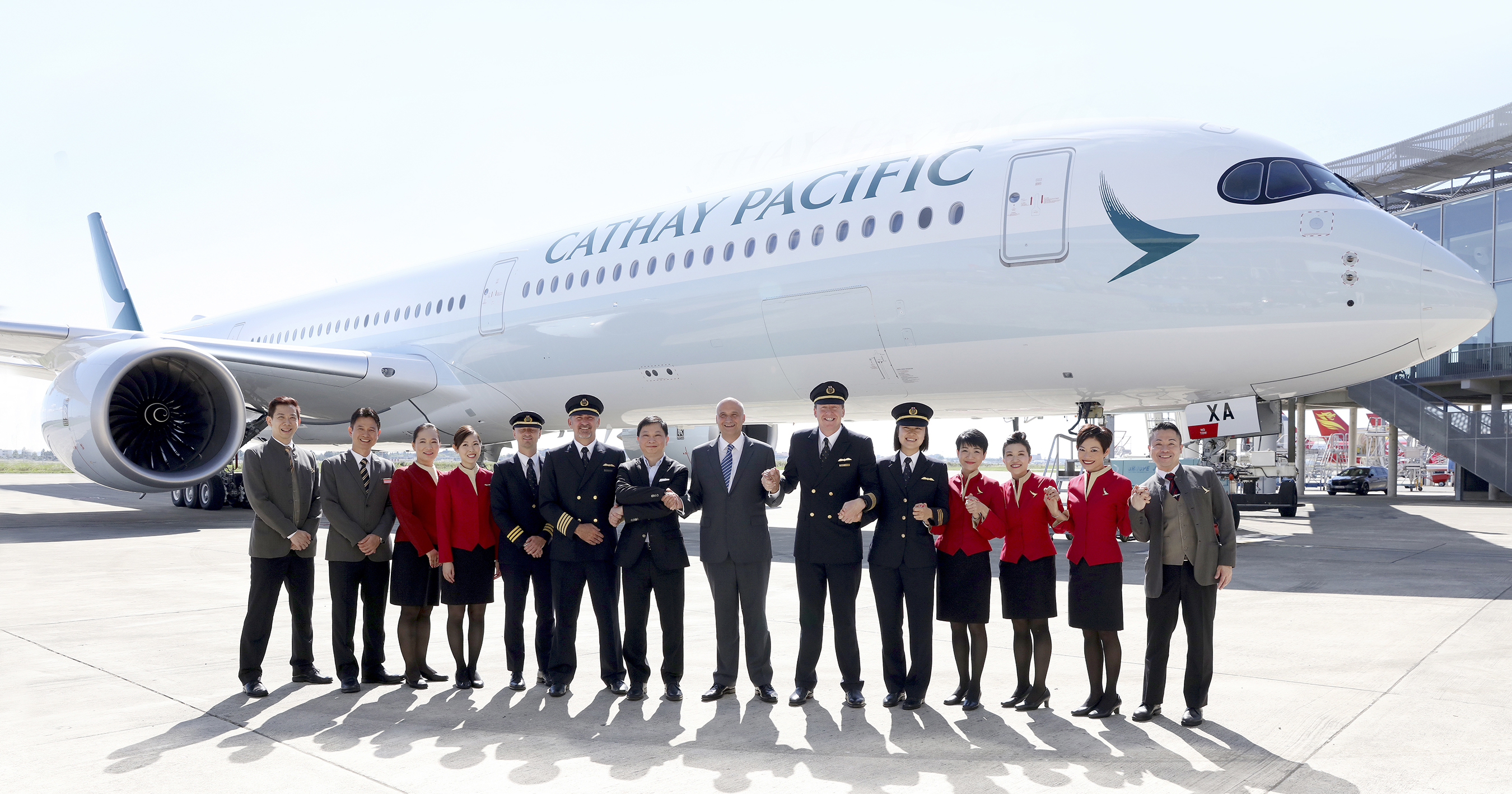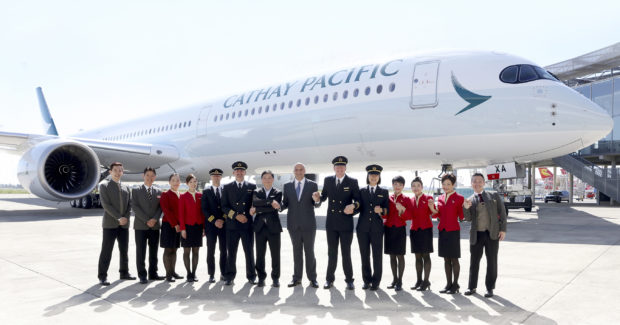
When Cathay Pacific Airways took the delivery flight of its first A350-1000 from the Airbus factory in Toulouse, France, to Hong Kong on June 19, the brand-new aircraft was powered in part by blended biofuel derived from sugarcane.
If that’s impressive, wait a couple more years: by 2020, Cathay Pacific’s massive fleet will start running in part on jet biofuel no longer from crops, but from recycled household garbage.
While all the major airlines are trying to up one another by tricking out their fleet with the most advanced and state-of-the-art in-flight amenities to improve the traveler’s cabin experience, the Hong Kong-based airline is taking it a step further.
It has invested in an American company called Fulcrum BioEnergy, which makes low-carbon, low-cost and renewable transportation fuels, from a massive source that would otherwise end up in landfills: municipal solid waste.
“We feel strongly about our carbon footprint, and we’re committed to [becoming] carbon neutral by 2020. We are on track,” said Kinto Chan, Cathay Pacific’s general manager for corporate affairs.
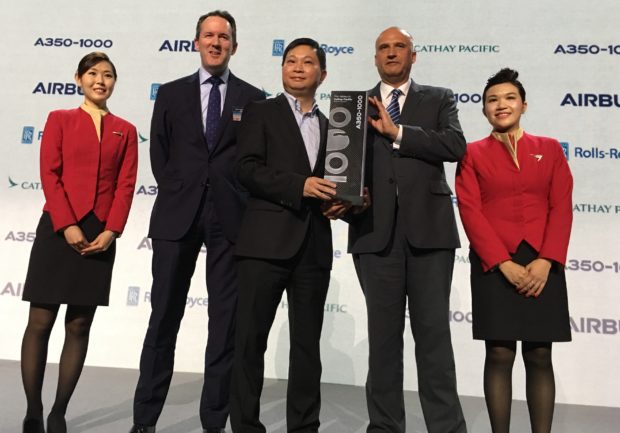
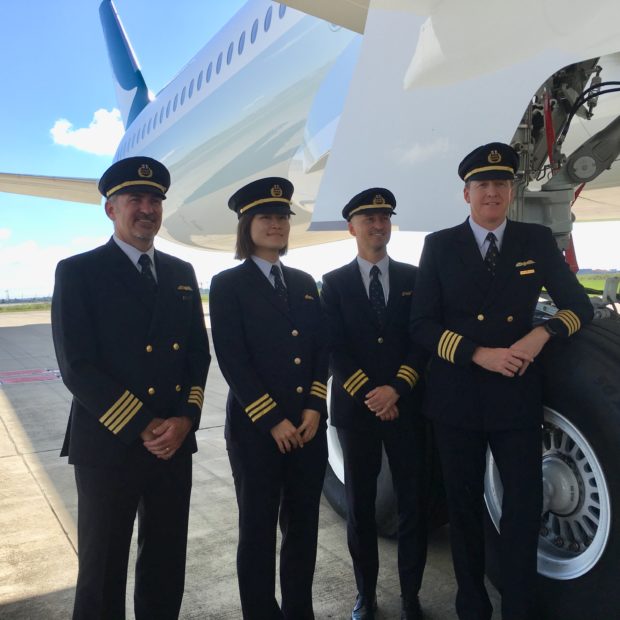
Meaningful
Once it starts production in 2020, Fulcrum is expected to produce 37 million tons of biofuel from recycled household waste. “It’s very meaningful,” said Chan.
Cathay Pacific is the first of only two airlines that have invested in Fulcrum’s technology.
Jet biofuel is just one aspect of the airline’s socially responsible efforts.
Its new A350-1000, which arrived in Hong Kong on June 20 and made its first commercial flight to Taipei on July 1, is 25-percent more fuel-efficient than the B777-300ER.
“This is because of the smart materials used,” said Marisa Lucas-Ugena, Airbus A350 XWB marketing head. “It’s 70 percent advanced materials, with 54 percent of it of composite materials, or carbon fiber reinforced polymer, which is extremely light.”
It’s also made of titanium and modern aluminum alloys, which makes it “extremely good to maintain, will not corrode and doesn’t fatigue.”
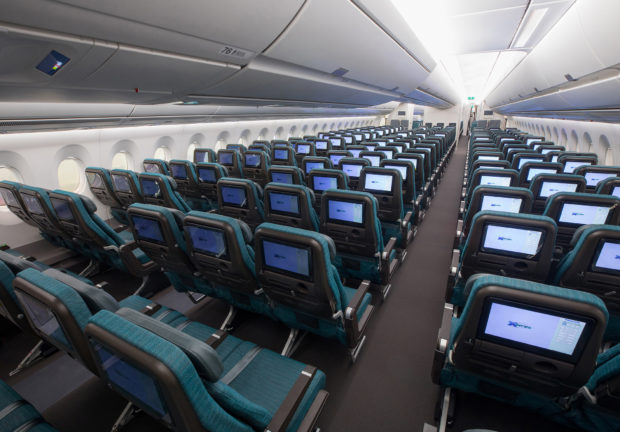
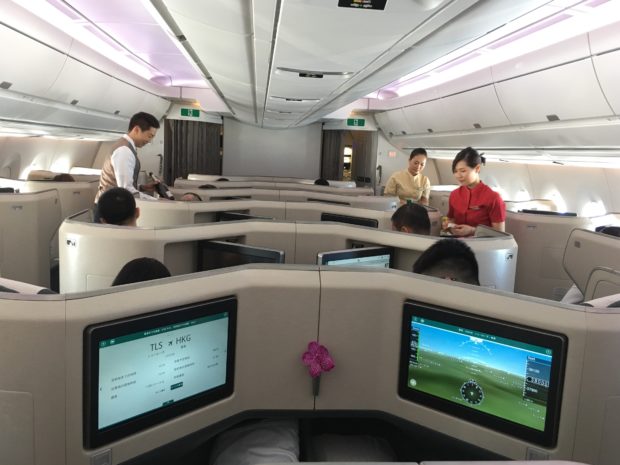
The A350-1000 is part of Airbus A350 XWB (Extra Wide Body)’s midsize, long-range band of aircraft, and Cathay is only the second airline to use it. With the new A350-1000, of which Cathay has 19 more on order, the airline will launch the longest route on its network in September, with direct flights from Hong Kong to Washington, D.C., and back four times a week.
The 1000 is “all an airline needs to launch new routes, while being extremely respectful of the environment,” said Lucas-Ugena. “When we design, we design for the future. In terms of waste and CO2 (carbon dioxide) emission, we have a very large margin to the regulations that exist today.”

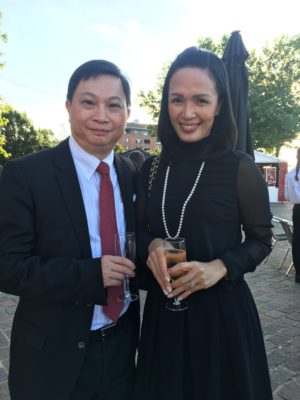
Cost-efficient
“Without the 1000, we wouldn’t be able to do it in a cost-efficient way,” said Paul Loo, chief customer and commercial officer of Cathay Pacific.
Operational cost for the 1000 is 10-percent lower than the B777-300ER, according to Lucas-Ugena.
The airline, which has one of the youngest long-haul fleets in the world with an average of 5.6 years old, already has 22 A350-900s, the 1000’s predecessor, in operation, with a total of 207 aircraft in its fleet. Eight more 1000s will be delivered to Hong Kong this year.
The airline, which went through a turbulent period in the past year with massive job layoffs, has started its recovery measures with a restructuring of the organization.
It has also launched flights to new long-haul and regional destinations, including Davao in October, via its sister airline, Cathay Dragon, formerly known as Dragon Air.
“We’ve had a difficult couple of years financially and in general,” Loo acknowledged.
“But we’ve made major changes since mid-last year. You’ve seen the rebound in finance. You’ve seen how we approach the market. We listen to customer feedback, we try to be as humble as we can.”
Loo added, “From now until 2024, new aircraft will be delivered practically every month, with 79 aircraft on order (from both Airbus and Boeing), including the first 1000, which will enable us to continue to grow our network.”
The total cost of the investment in new aircraft, Loo said, “is more than what Hong Kong is spending on the third runway,” which is HK$141.5 billion.
The 1000, which is about 7 meters longer than the 900 owing to a new fuselage, has 54 more seats, and runs on Rolls-Royce Trent XWB 97 engines, more powerful than the 900’s Trent XWB 84, allowing for greater maximum takeoff weight and greater thrust.
Dominic Horwood, Rolls-Royce’s chief customer officer, underscored the efficiency and reliability of its Trent XWB engines, with the 84, in service for the last three years, having flown for over 1.5 million hours at 99.5 percent dispatch reliability.
Biomimicry
Lucas-Ugena also boasted the 1000’s aerodynamics and biomimicry design. “It reproduces what birds do, with its morphing wings that reduces drag and lowers fuel burn.”
The 1000 is also the “quietest cabin in the wide-body market, excluding the A380,” and is “9 decibels quieter than the 300ER,” she added, which is felt especially by passengers in the premium areas. The 1000 also has “top air quality, optimized cabin temperature and humidity—things you can’t see but you feel especially when you fly long haul.”
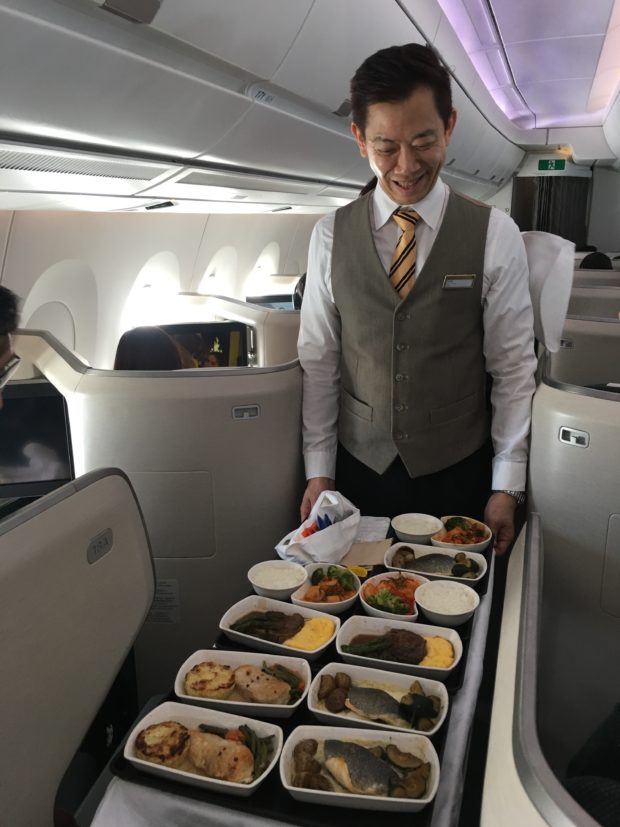
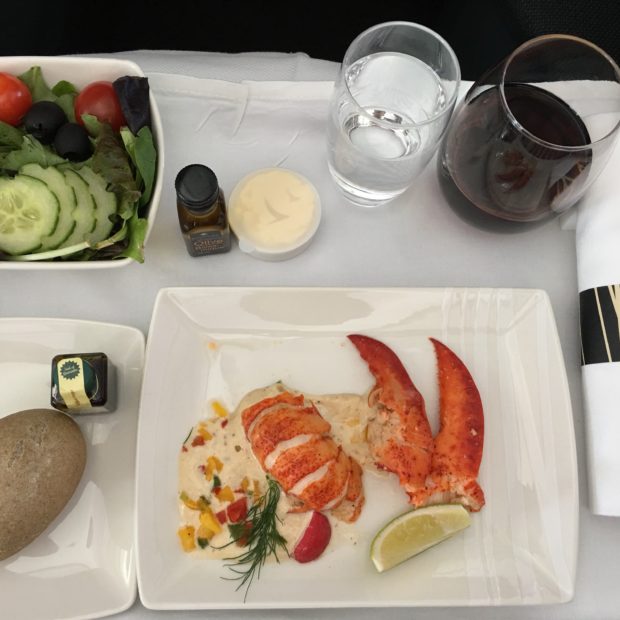

Experience
Of course, for things that flyers can see and easily experience, Cathay Pacific has modified its already comfortable cabin experience, with vertical side walls, high ceilings, flat floors (meaning, no wiring boxes under seats, so even economy passengers can fully stretch their legs), greatest legroom, wider seats, wider windows and ambient lighting to fight fatigue, on the 1000.
Business Class has wide, fully flat bed seats and abundant stowage space, both overhead and within reach. It has also improved its in-flight entertainment with larger HDTV screens and all touchscreen video handsets.
The Premium Economy cabin, with a 2-4-2 configuration, is similarly upgraded with ample seat pitch, width and recline, and full-length leg rest. Each seat has a power outlet and USB port, a gadget shelf and 12.1” personal HD monitor.
Even the Economy Class has been enhanced with flexible head rests, dedicated gadget and cup holder, USB port and power outlet, as well as an 11.1” HD monitor.
In-flight WiFi is also available on the 1000.
Manila will be among the regional destinations of Cathay’s new 1000, apart from Taipei, Osaka, Singapore and Bangkok.
Chan said there will also be changes in in-flight meals on all classes, in both the menu offerings and how they’re served, in response to customer feedback.
On premier seats, flyers will soon be offered “flexibility” and better personalization on how they want to take their meals. Room service-style breakfast service will also soon be available.
Cathay is also improving its online booking service with a more user-friendly interface, as well as its social media, not just its content but also for quick customer assistance.
The airline’s overall efforts to improve its service and operations are costing them more money, said Chan, but the company chooses to do what’s socially responsible.

